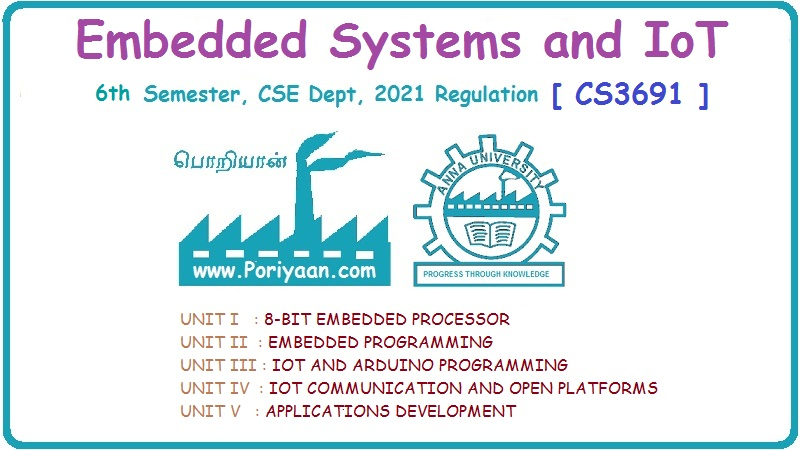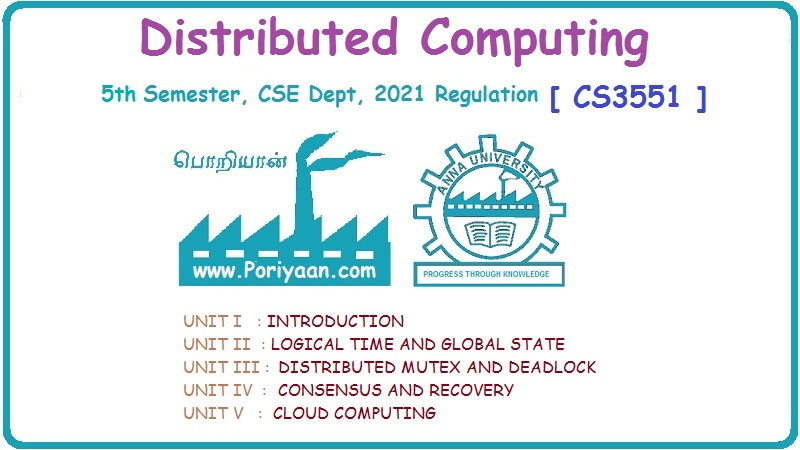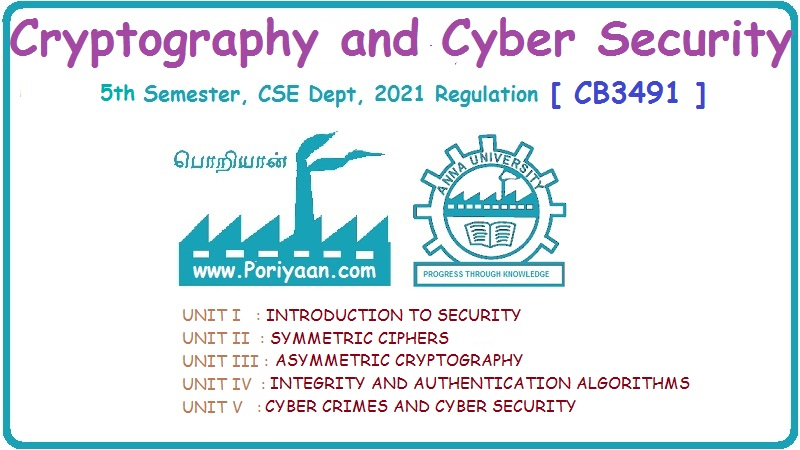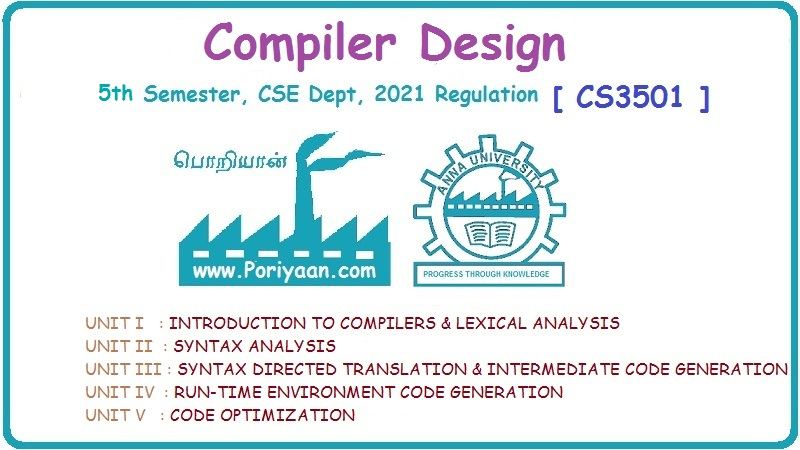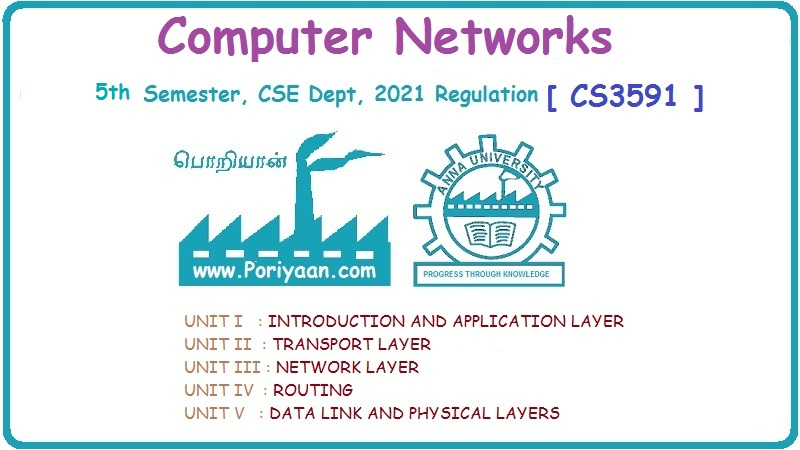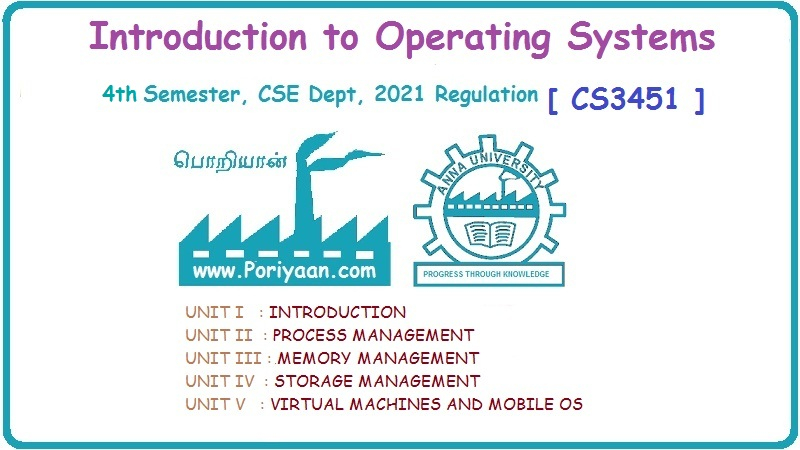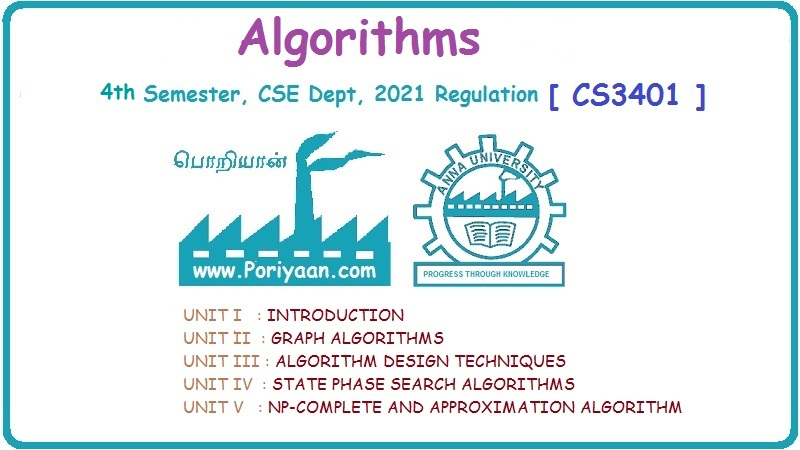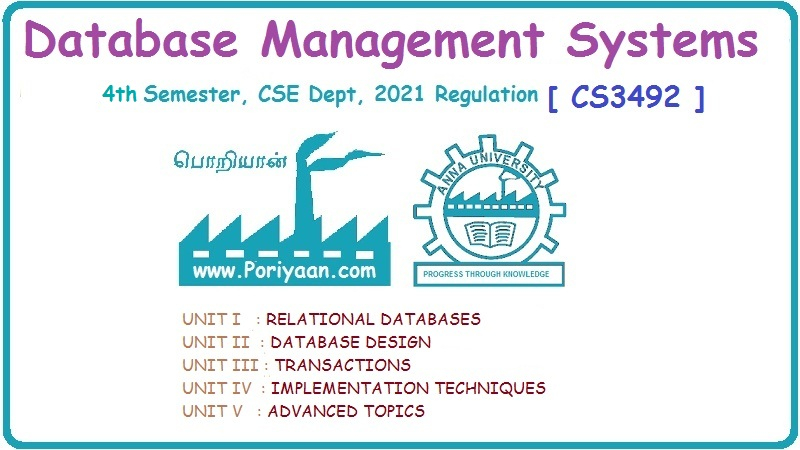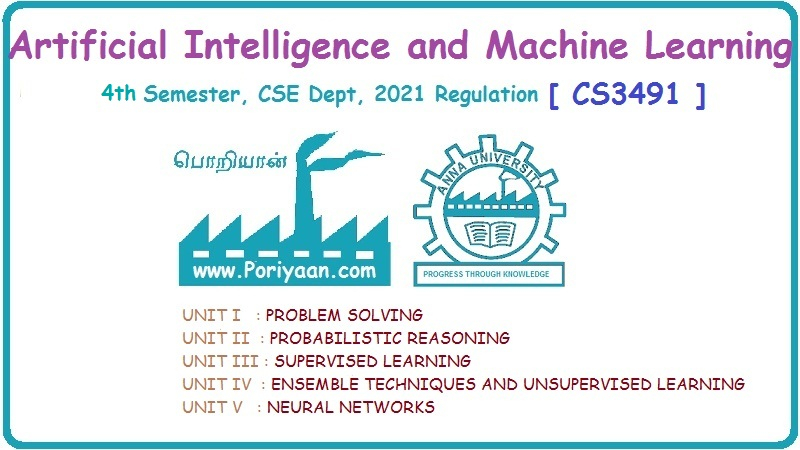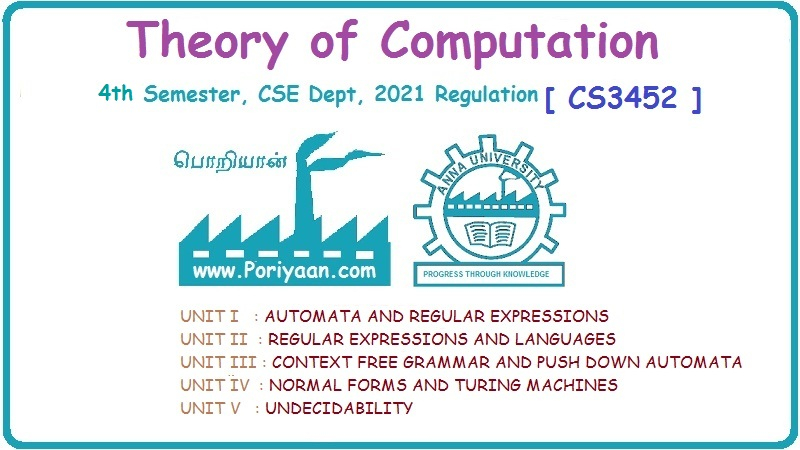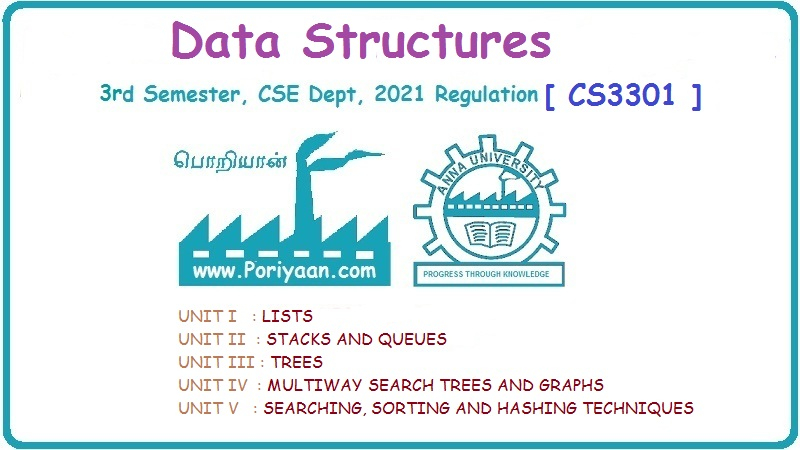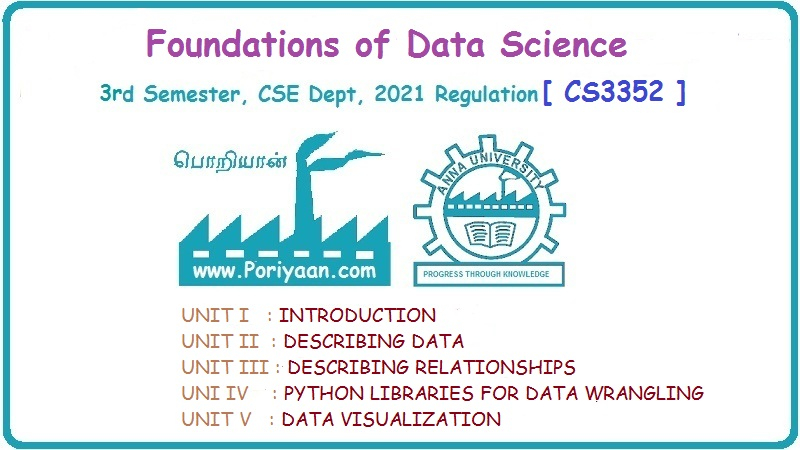Cryptography and Cyber Security
CB3491 5th Semester CSE Dept | 2021 Regulation

2021 regulation - 3rd year, 4th semester paper for CSE Department (Computer Science Engineering Department). Subject Code: CB3491, Subject Name: Cryptography and Cyber Security, Batch: 2021, 2022, 2023, 2024. Institute: Anna University Affiliated Engineering College, TamilNadu. This page has Cryptography and Cyber Security study material, notes, semester question paper pdf download, important questions, lecture notes.
PDF Download Links
Cryptography and Cyber Security
Notes and Question Answer of Unit I: Introduction to Security will Uploaded shortly...
Notes and Question Answer of Unit II: Symmetric Ciphers will Uploaded shortly...
Notes and Question Answer of Unit III: Asymmetric Cryptography will Uploaded shortly...
Notes and Question Answer of Unit IV: Integrity and Authentication Algorithms will Uploaded shortly...
Notes and Question Answer of Unit V: Cyber Crimes and Cyber Security will Uploaded shortly...
PDF Download Links
Cryptography and Cyber Security
Unit I: Introduction to Security
Notes and Question Answer of Unit I: Introduction to Security will Uploaded shortly...
Unit II: Symmetric Ciphers
Notes and Question Answer of Unit II: Symmetric Ciphers will Uploaded shortly...
Unit III: Asymmetric Cryptography
Notes and Question Answer of Unit III: Asymmetric Cryptography will Uploaded shortly...
Unit IV: Integrity and Authentication Algorithms
Notes and Question Answer of Unit IV: Integrity and Authentication Algorithms will Uploaded shortly...
Unit V: Cyber Crimes and Cyber Security
Notes and Question Answer of Unit V: Cyber Crimes and Cyber Security will Uploaded shortly...
PDF Download Links

CB3491
CRYPTOGRAPHY
AND CYBER SECURITY
COURSE
OBJECTIVES:
• Learn to analyze the security of
in-built cryptosystems.
• Know the fundamental mathematical
concepts related to security.
• Develop cryptographic algorithms for
information security.
• Comprehend the various types of data
integrity and authentication schemes
• Understand cyber crimes and cyber
security
.
UNIT
I INTRODUCTION
TO SECURITY
Computer
Security Concepts – The OSI Security Architecture – Security Attacks – Security
Services and Mechanisms – A Model for Network Security – Classical encryption
techniques: Substitution techniques, Transposition techniques, Steganography –
Foundations of modern cryptography: Perfect security – Information Theory –
Product Cryptosystem – Cryptanalysis.
UNIT
II SYMMETRIC CIPHERS
Number
theory – Algebraic Structures – Modular Arithmetic - Euclid‘s algorithm –
Congruence and matrices – Group, Rings, Fields, Finite Fields
SYMMETRIC KEY CIPHERS: SDES – Block Ciphers –
DES, Strength of DES – Differential and linear cryptanalysis – Block cipher
design principles – Block cipher mode of operation – Evaluation criteria for
AES – Pseudorandom Number Generators – RC4 – Key distribution.
UNIT
III ASYMMETRIC CRYPTOGRAPHY
MATHEMATICS
OF ASYMMETRIC KEY CRYPTOGRAPHY: Primes – Primality Testing – Factorization –
Euler’s totient function, Fermat’s and Euler’s Theorem – Chinese Remainder
Theorem – Exponentiation and logarithm
ASYMMETRIC
KEY CIPHERS: RSA cryptosystem – Key distribution – Key management – Diffie
Hellman key exchange -– Elliptic curve arithmetic – Elliptic curve cryptography.
UNIT
IV INTEGRITY AND AUTHENTICATION
ALGORITHMS
Authentication
requirement – Authentication function – MAC – Hash function – Security of hash
function: HMAC, CMAC – SHA – Digital signature and authentication protocols –
DSS – Schnorr Digital Signature Scheme – ElGamal cryptosystem – Entity
Authentication: Biometrics, Passwords, Challenge Response protocols –
Authentication applications – Kerberos
MUTUAL
TRUST: Key management and distribution – Symmetric key distribution using
symmetric and asymmetric encryption – Distribution of public keys – X.509
Certificates.
UNIT
V CYBER CRIMES AND CYBER SECURITY
Cyber
Crime and Information Security – classifications of Cyber Crimes – Tools and
Methods – Password Cracking, Keyloggers, Spywares, SQL Injection – Network
Access Control – Cloud Security – Web Security – Wireless Security
COURSE
OUTCOMES:
CO1:
Understand the fundamentals of networks security, security architecture,
threats and vulnerabilities
CO2:
Apply the different cryptographic operations of symmetric cryptographic
algorithms
CO3:
Apply the different cryptographic operations of public key cryptography CO4:
Apply the various Authentication schemes to simulate different applications.
CO5: Understand various cyber crimes and cyber security.
TEXT
BOOKS
1. William Stallings, "Cryptography and
Network Security - Principles and Practice", Seventh Edition, Pearson
Education, 2017.
2. Nina Godbole, Sunit Belapure, “Cyber
Security: Understanding Cyber crimes, Computer Forensics and Legal
Perspectives”, First Edition, Wiley India, 2011.
REFERENCES
1. Behrouz A. Ferouzan, Debdeep
Mukhopadhyay, "Cryptography and Network Security", 3rd Edition, Tata
Mc Graw Hill, 2015.
2. Charles Pfleeger, Shari Pfleeger,
Jonathan Margulies, "Security in Computing", Fifth Edition, Prentice
Hall, New Delhi, 2015.
Cryptography and Cyber Security: Unit I: Introduction to Security,, Cryptography and Cyber Security: Unit II: Symmetric Ciphers,, Cryptography and Cyber Security: Unit III: Asymmetric Cryptography,, Cryptography and Cyber Security: Unit IV: Integrity and Authentication Algorithms,, Cryptography and Cyber Security: Unit V: Cyber Crimes and Cyber Security 5th Semester CSE Dept 2021 Regulation : CB3491 5th Semester CSE Dept | 2021 Regulation Cryptography and Cyber Security
